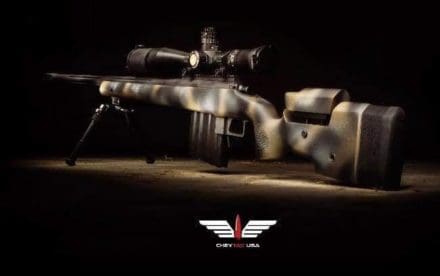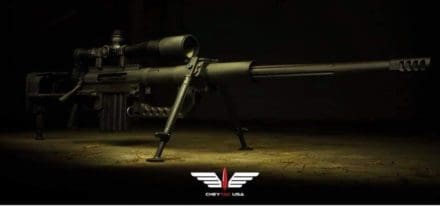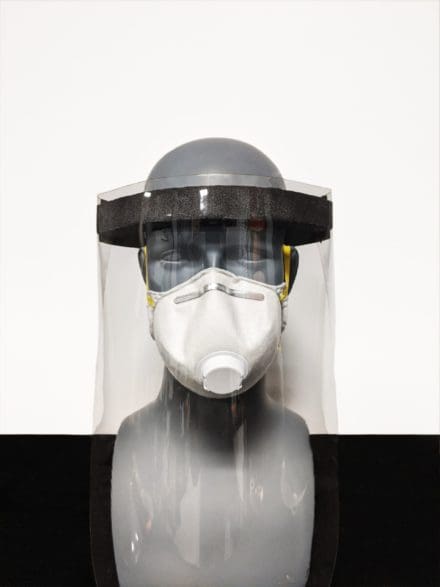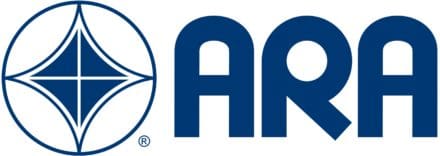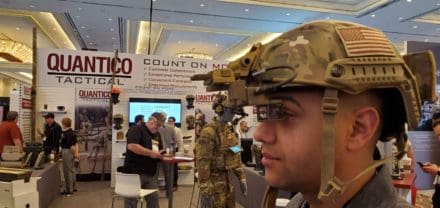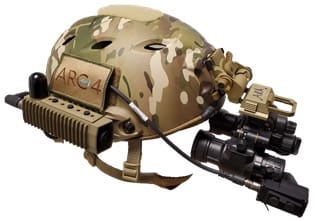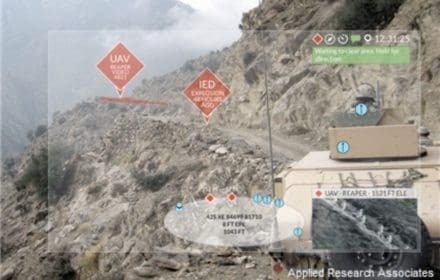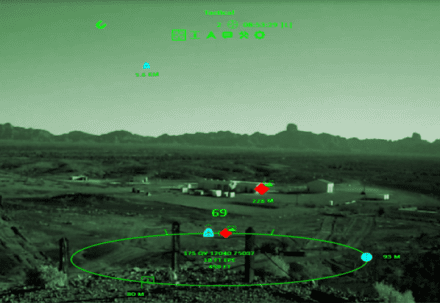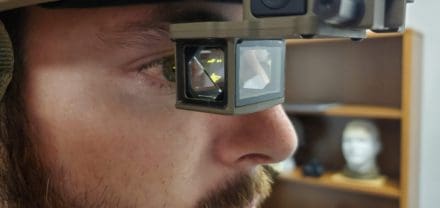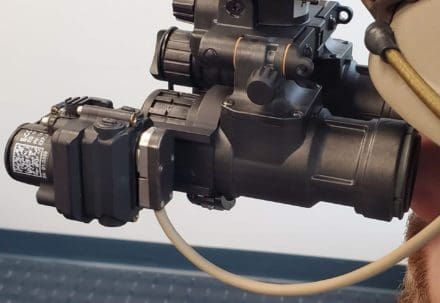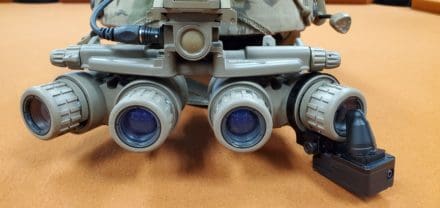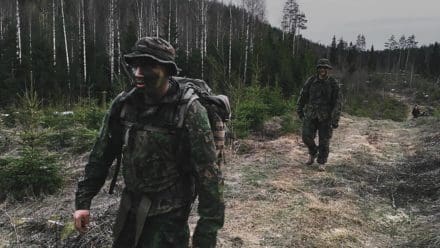
Rutherford College, NC – ZRODelta is excited and proud to announce that it has been selected by Victrix Armaments and ROME, members of Rottigni Officina Meccanica SRL, of Bergamo, Italy, to serve as exclusive distributor of Professional and Sporting products for all commercial applications in the United States.

Victrix Armaments is a prestigious Italian manufacturer of iconic bolt-action rifles, and manufactures elite weapon systems for many of the world’s most highly-decorated Special Operations Forces. After a brief period among the Beretta brands, Rottigni Officina Meccanica repurchased the brand Victrix Armaments, and is excited to begin its own journey in the United States with ZRODelta. And while Victrix rifles are perfectly suited for military and tactical applications, Victrix’s new Professional line of rifles is now available to American consumers. The Professional line consists of the all-new Pugio (caliber 308), Gladio (caliber family 308/260/6.5), Scorpio (caliber family 300 & 338), Tormento (caliber family 375 & 408), and Corvo (caliber 50). Victrix has also bolted onto the Sporting Competition market with the 2020 introduction of the Target & Target Blackbelt (F-TR), Absolute (F-Open), Performance and Challenge (NRL & PRS), and the Crown and Throne (King of 2 Miles). The ROME line of accessories includes optics mounts and rings, bipods, suppressors, chassis, and other must-have rifle accessories.

ZRODelta, primarily known for its OEM parts production service to the firearms industry, also manufactures its own line of Modulus® Modular Pistols, Ready Series™ line of MSRs, and Venator™ precision rifles—the only semi-automatic rifles in the world with a ½ MOA guarantee. It’s the intersection of artistry, attention to detail, and advanced manufacturing in these products that first caught the eye of Victrix founder and chief executive Giuseppe Valtorta. “When I picked up the ZRODelta Venator, it could have been a Victrix product. I knew at that point that the people behind ZRODelta were different, and would be able to deliver and support our products to those in the United States who value the same qualities we value.”
“Our partnership with Victrix will begin a new era for ZRODelta,” said ZRODelta President John Birk. “Just as we build the most accurate semi-automatic platforms in the world, Victrix builds the finest bolt action rifles in the world—period. Giuseppe and I pour our hearts into what we do every day and breathe life into our products for the benefit of our customers and end-users, and we are incredibly excited to bring the new Victrix brand to America for everyone to enjoy.”
The partnership brings streamlined pricing to the United States, designed to make consumer decisions clear when compared to the competition. Additionally, access to Victrix rifles and accessories aren’t the only thing that Americans are going to get to appreciate. In time, the partnership between the companies will develop into Victrix USA and yield the introduction of more exciting products and technologies, jointly developed and manufactured between the companies. Stay tuned for what’s to come.
Please visit www.VictrixArmaments-USA.com for product and ordering details, and dealer opportunities.
